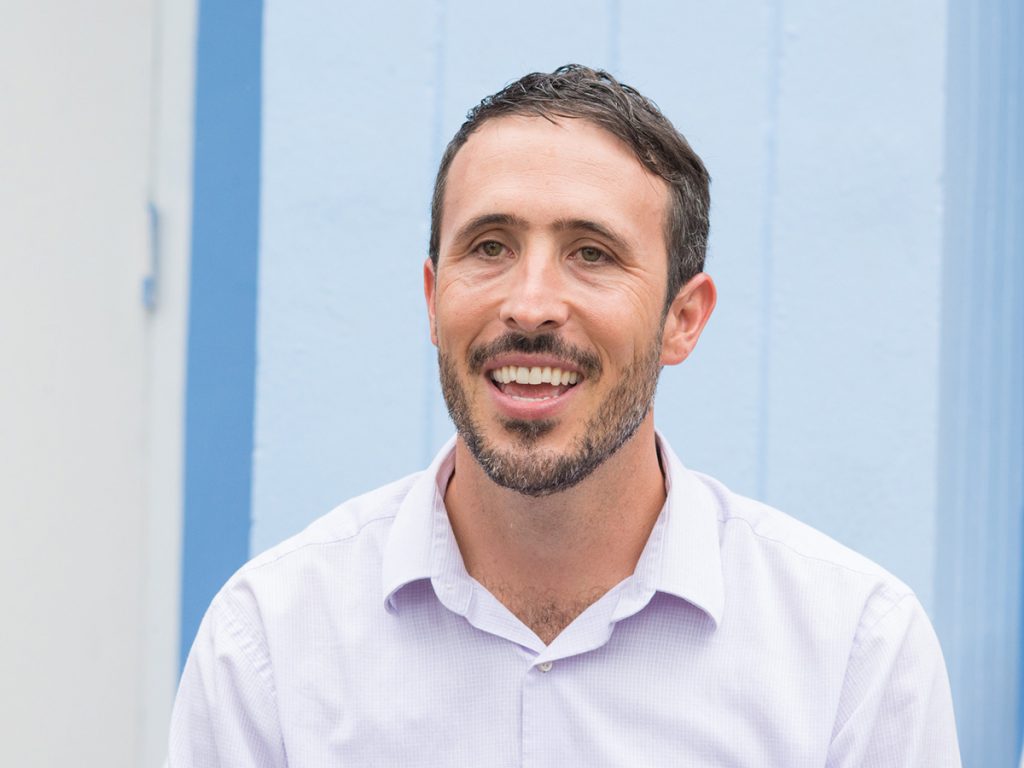Liberty Square is like a second home to Moses Shumow. His commitment to capture the history of southern United States’ first Black public housing project has led him to think of its residents as family. The motivation for his work can be found in his upbringing. Raised by a family of Quakers, Shumow has a deep-rooted belief in social justice.
“It’s core within me that I believe fighting what I perceive to be imbalances or inequalities,” said Shumow.
Working as a digital media professor at Florida International University has helped him focus on his research and tell the stories he pleases.
Shumow’s work in Liberty Square began with an initiative to bring free Wi-Fi to its residents.
Once he was involved in the community, his interest in the historic Black neighborhood grew. “It has real significance in Miami,” said Shumow about the community, which is connected to Black history from Jim Crow segregation to affordable housing.
He’s driven by a concern about racial and economic inequality and a belief that South Florida’s ideology promotes development, tourism and spectacle, which in return neglects meaningful development in Black communities.
“It’s always about the next greatest thing,” he said. “It’s always about what’s shiny.”
When he heard of the $307 million plans to demolish and rebuild the housing project, he set to capture the history of the neighborhood. So, with help of his students, he began the project known as “Liberty Square Rising.”
The documentary, “Liberty Square: Power, History, & Race in Miami,” focuses on current and past residents of Liberty Square. It can be viewed at LibertySquareRising.com.
Students interviewed residents and addressed social issues in the community. In all, he wanted to capture the history of the 80-year-old complex.
Shumow is hopeful projects like these will help break the stigma of the inner city and Black communities.
“The best thing you could do is build a community,” said Shumow. “That’s what Martin Luther King said: ‘let’s make a loving community.’”
He draws inspiration from fellow colleague Robert Gutsche Jr. Their collaborations have helped Shumow think of his work in terms of geography and space. “In any city you go to in the United States you know when you’re in a Black community,” said Shumow. “Usually there’s a Martin Luther King Boulevard and that’s not an accident. It was intentional.”
He argues these boundaries were created by small government through zoning and development.
He focuses on these issues in his book, “News, Neoliberalism, and Miami’s Fragmented Urban Space,” released December of last year in collaboration with Gutsche. “The work we do is recognizing the struggle and the attacks on Black communities,” said Gutsche. “But also recognizing the moments of love, resistance, continuance and faith.”
In the future, Shumow plans to continue his work in Liberty Square with a follow-up documentary, especially if the community undergoes redevelopment. His next project is to document the people and history of Charles Hadley Park in Liberty City.
“I’m a journalist,” he said. “I tell stories.”


